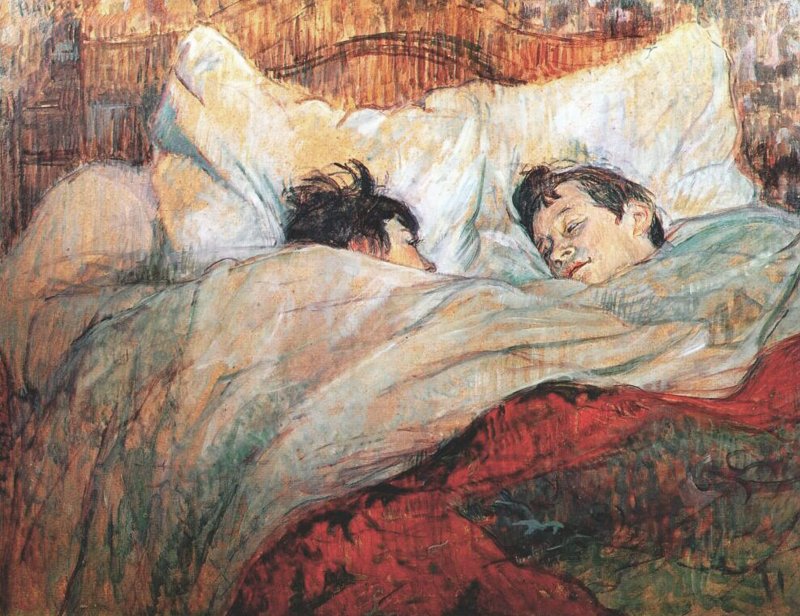In the 17th Century, a night of sleep went something like this.
From as early as 21:00 to 23:00, those fortunate enough to afford them would begin flopping onto mattresses stuffed with straw or rags.
A couple of hours later, people would begin rousing from this initial slumber. The night-time wakefulness usually lasted from around 11:00 to about 01:00, depending on what time they went to bed.
The period of wakefulness that followed was known as “the watch” – and it was a surprisingly useful window in which to get things done.
…
Once people had been awake for a couple of hours, they’d usually head back to bed. This next step was considered a “morning” sleep and might last until dawn, or later.
…
Even if artificial lighting was not fully to blame, by the end of the 20th Century, the division between the two sleeps had completely disappeared – the Industrial Revolution hadn’t just changed our technology, but our biology, too.
One major side-effect of much of humanity’s shift in sleeping habits has been a change in attitudes. For one thing, we quickly began shaming those who oversleep, and developed a preoccupation with the link between waking up early and being productive.































